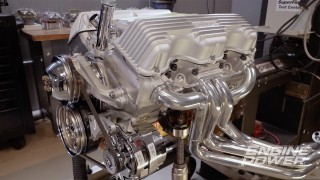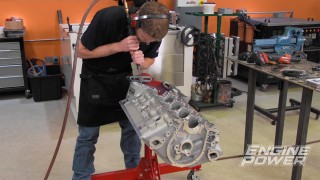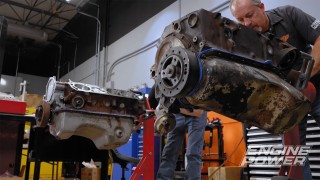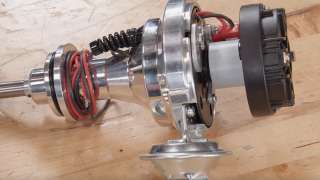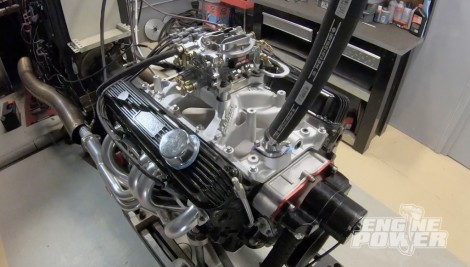
What Happens If You Just Add A Stroker Kit To A Stock Mopar Magnum?
We show what happens when our 360 Magnum engine gets fifty extra cubic inches from a forged stroker kit.
Season 9
Episode 3
Hosts: Pat Topolinski, Frankie Forman
First Air Date: January 31, 2022
Duration: 21 minutes 30 seconds




